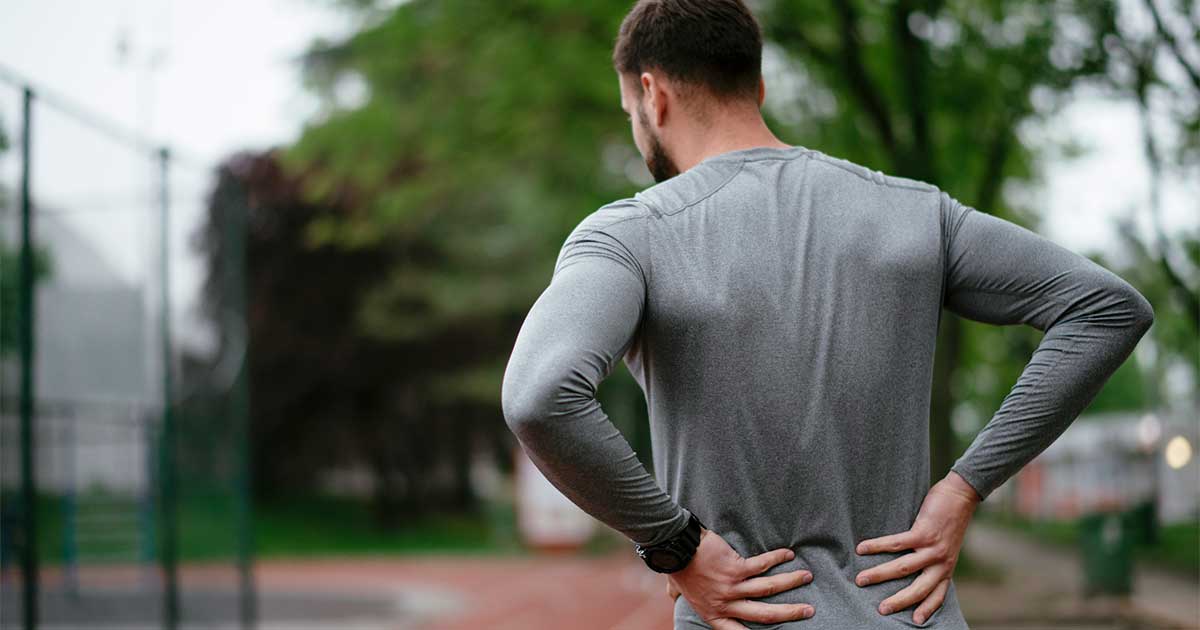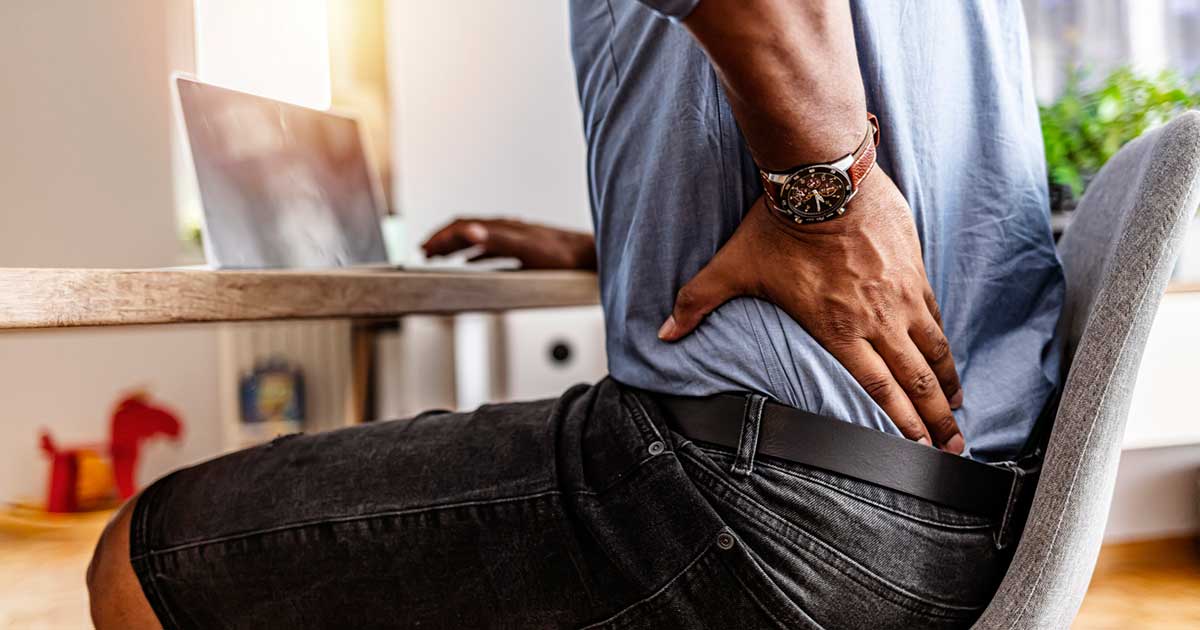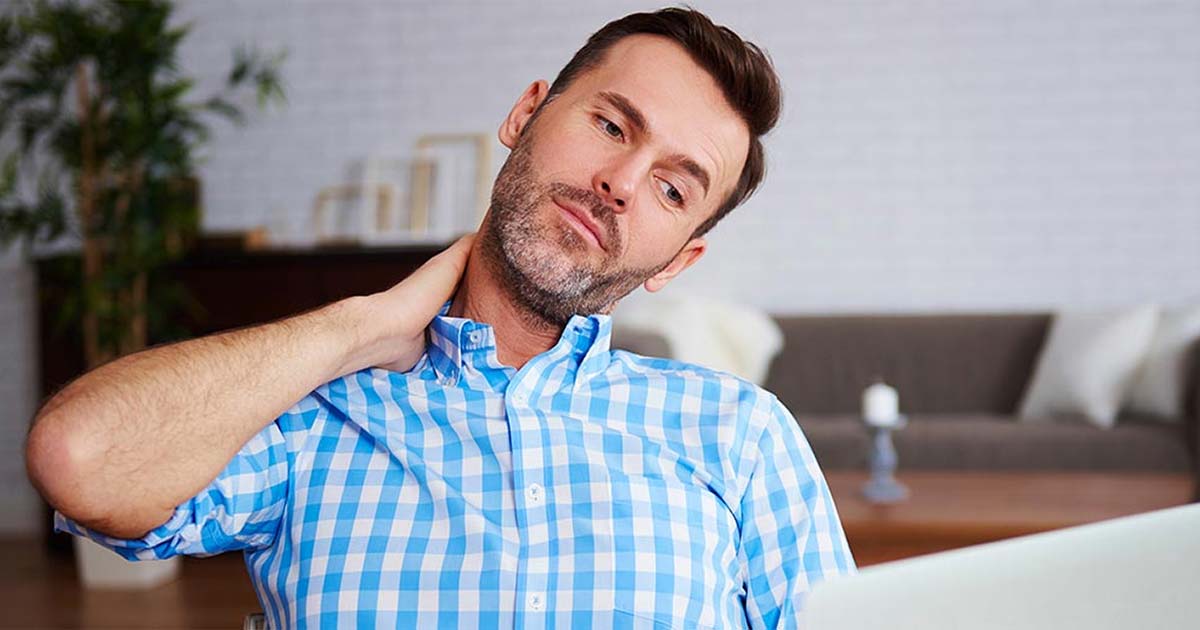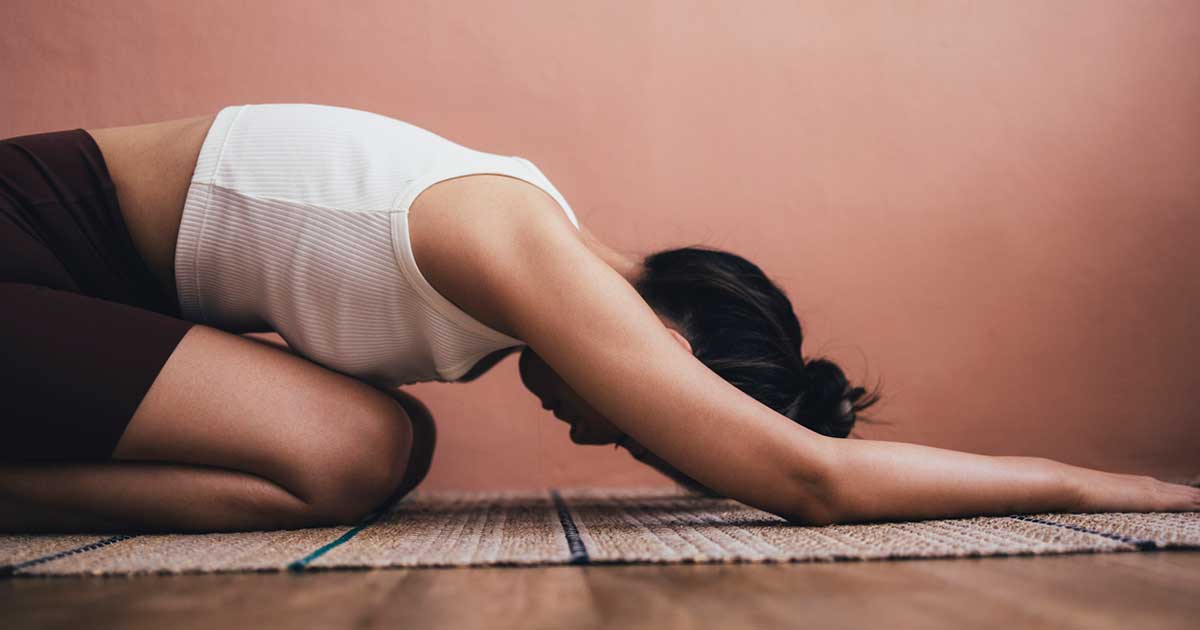
Advice to improve your movement, fitness, and overall health from the #1 in orthopedics in the U.S.
If You Have Back Pain When Sitting, Here’s How to Fix It
Believe it or not, there is a correct and an incorrect way to sit. Using proper posture can help prevent back pain and lower back problems from sitting as well as keep your core stable.
Advice to improve your movement, fitness, and overall health from the #1 in orthopedics in the U.S.

How Sitting the Wrong Way Causes Back Pain
Many people slouch in their chair while seated, which creates tension throughout the whole spine. If you’re in a slouched position, with your shoulders rounded forward and your lower back extended, you’re likely sitting on the upper part of the buttocks instead of on the sit bones. This also adds tension to the hamstrings and the muscles around the spine. “We know that pressure on the spine and specifically the discs in the very lowest part of our lumbar spine can double or even triple depending on how you go from standing to sitting,” says James Wyss, MD, PT, a sports physiatrist at HSS.
The pressure increases further if, for instance, you lean forward toward your phone or over your computer for a Zoom conversation. Sometimes the effects aren’t always seen immediately, but the next morning or later in the week you may notice a flare up of back pain. Many times, the pain is due to repetition of the same bad habits. Over time, this can cause problems with daily functioning, such as getting out of bed or putting your shoes on.
Back Problems and Sitting
If you already have a back problem, incorrect sitting posture or sitting for too long can make the pain worse. Most people who work sedentary jobs are in the middle years of life, between their 30s and 50s. In this age group, disc degeneration is common. “Sitting increases the load on the discs, and sitting improperly or leaning forward can really increase that pressure,” explains Dr. Wyss. Over time, this pressure on the lower discs can cause them to herniate, or slip out of place.
People over the age of 60, on the other hand, often experience osteoarthritis, a common condition that occurs with aging. This group may be comfortable sitting for a while, but if they sit for too long, their muscles and joints stiffen up, causing pain and discomfort. It’s important for people with osteoarthritis to keep moving to prevent the stiffening that occurs from sitting for too long.
How to Sit to Avoid Back Pain
The most important thing to do to reduce back pain from sitting is to get up and move around frequently. “Frequent breaks once or twice an hour is probably the most helpful thing you can do,” suggests Dr. Wyss. The next thing to do is to find a comfortable chair that fits your anatomy as well as possible in terms of size and height. Ideally, you should be able to get your buttocks and sit bones all the way back in the chair so you can use the back support.
Another option is to get a standing or walking desk that allows you to stand while working or even walk on a treadmill-like device. If you have to have a meeting, try to make it a walking meeting, or give someone a call while you take a walk outside.
There are also different exercises you can do to improve your sitting posture. One is a postural release exercise called the Brugger relief position. In this exercise, you would start by sitting on the edge of a chair with your head held high in the air. Open your legs hip-width apart, with each foot facing slightly outward. Gently arch your back forward so your weight shifts onto your feet and legs. Your pelvis will tilt forward, and your breastbone should tilt up toward the ceiling. Lastly, let your arms relax and turn them outward with your palms facing up. Hold for several seconds and release.
Published 1/18/2024


